
Childhood. We all go through it. But for such a universal experience, the actual differences between one person’s childhood and another’s can be pretty drastic. Of course, childhood joys and traumas are a source of endless inspiration for writers and directors alike, but within the documentary arena, there have been some fascinating looks at something both universal and transient. It’s not always a pretty picture, but here are five good places to start when looking for films that document childhood.
1. The Up Series (1964-)
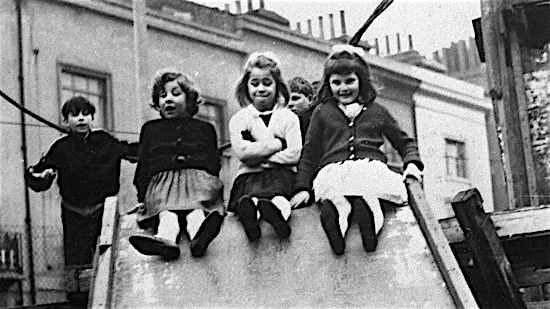
In 1964, some British filmmakers rounded up a group of fourteen seven-year-old kids from across the country—boys and girls, rich and poor, black and white—and interviewed them for a BBC program called Seven Up. At the end of the show, a voice-over commanded that viewers tune back in sometime in the year 2000, when the team would circle back to the kids as adults. But in 1971, at the hands of director Michael Apted, who’d been a researcher on the first installment, came Seven Plus Seven, which caught up with the kids at age fourteen and kicked off what’s now known as the Up Series, which has revisited the same bunch every seven years since. —Rachael Maddux
2. Born into Brothels (2004)
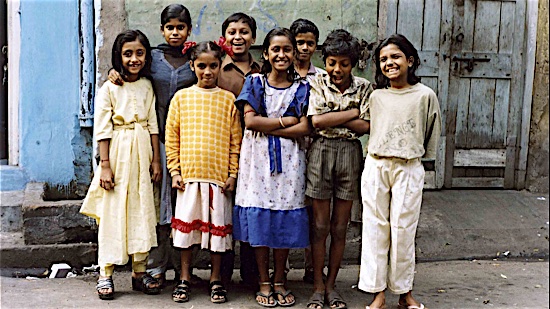
Zana Briski was working as a documentary photographer in Calcutta when she began teaching photography to the children of prostitutes. The resulting film, Born into Brothels, though not without controversy, offered a glimpse into the difficult lives of the kids who were finally given a medium and a voice to document their lives. Briski’s continued Kids With Cameras project offers hope and a path for some of these children to find new opportunities outside the brothels, but there’s no candy-coating the difficulties facing them, even once they’ve headed off to school. If the documentary form has any sort of social-shaking effect, in Born into Brothels the form finds its most welcome, most populist purpose. —Josh Jackson
3. Bully (2012)
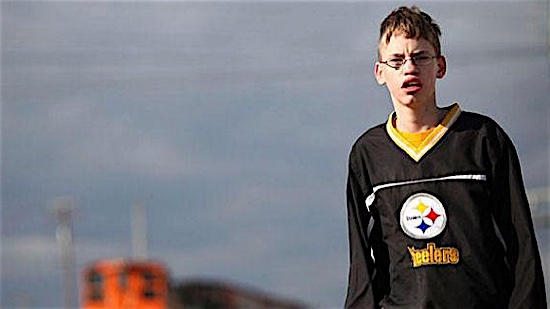
According to the Department of Education, 13 million children will be bullied this year. Bully profiles five of these victims, including Alex, a 12-year-old seventh grader at East Middle School in Sioux City, Iowa. Alex’s victimization, as well as the well-meaning yet highly ineffectual efforts of school administrators and even his parents to deal with what they don’t fully understand, is caught on tape. Alex is subjected to the foulest of threats and name-calling by his peers. He’s also hit, pushed, poked and stabbed—all on film. Hirsch was able to capture such shocking behavior by blending into the fabric of the school while shooting over the course of the 2009-2010 academic year. He also wielded a Canon 5D Mark II, which looks like a regular still camera, an equipment choice that also yielded footage that struggles to stay in focus. Still, the camera yields exquisite imagery with the intimate feel of home video, especially in Hirsch’s moving interviews with the parents of Tyler and Ty. —Annlee Ellingson
4. I Am Eleven (2012)
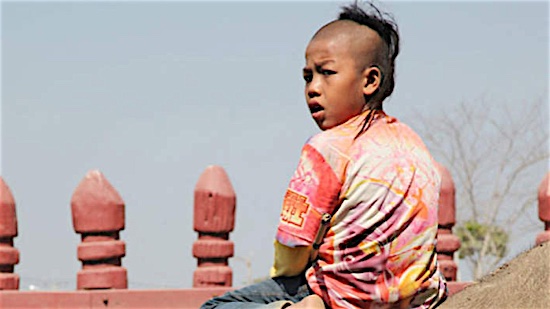
When it comes to surveying the “state of childhood,” there’s a few obvious, but very different paths. Elsewhere on this list we discuss one approach—in the Up Series, Michael Apted focuses on a group of kids united by culture (if otherwise distinct in terms of socio-economic status) and follows them over time and into adulthood. In i>I Am Eleven, Australian filmmaker Geneviève Bailey looks at a precise age, but spreads the subjects throughout 15 different countries, providing viewers a fascinating look into the minds of its subjects and a reminder that, no matter the country and circumstance, 11-year-olds are pretty great. —Michael Burgin
5. Babies (2010)
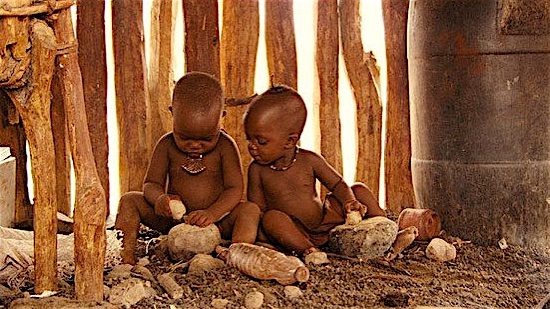
Thomas Balmès’ film is one of those titles that is pretty much guaranteed to be immediately ruled out in any discussion of date night fare (“Babies!”), but in any tour of childhood, you need to spend some time at the beginning, and the French filmmaker’s look at early days of four different babies is a good, if simple, place to start. Two of the featured babies are in rural areas (Namibia and Mongolia), the other two in urban locations (San Francisco and Tokyo), and Balmès foregoes any narration, letting the footage do the work. As a result, while Babies probably still isn’t ideal date night material, it does make for an enjoyable trip down memory lane for parents. —Michael Burgin